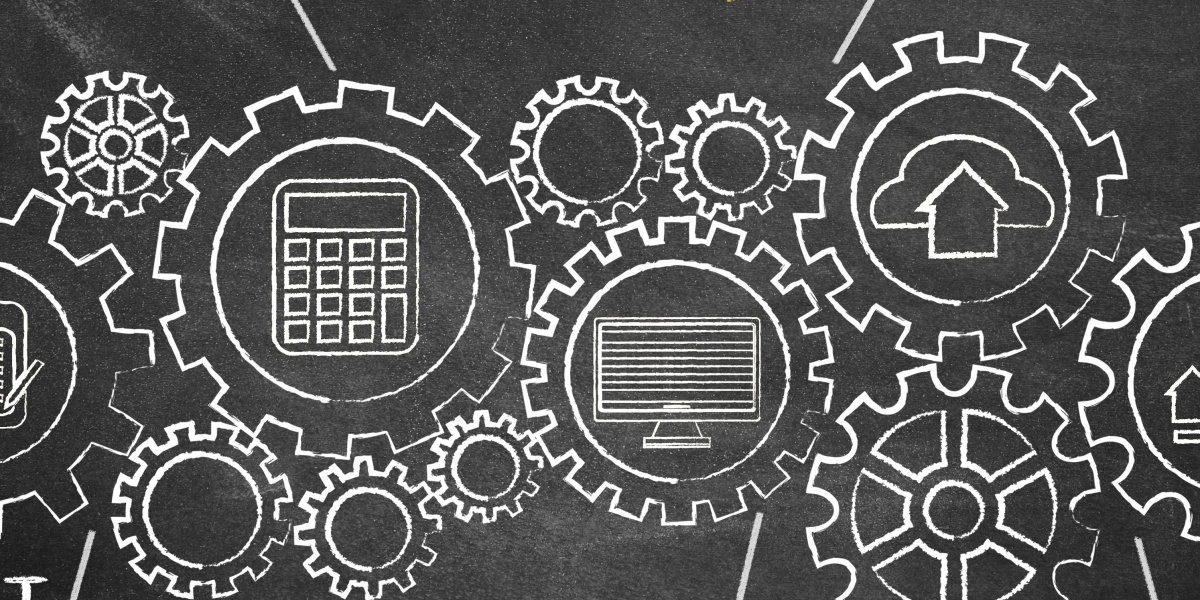Bottle feeding is an essential part of infant care, whether using formula or expressed breast milk. While it may seem simple, parents and caregivers often face challenges when introducing a baby to bottle feeding. Ensuring the right feeding techniques, selecting appropriate bottles, and maintaining hygiene are crucial for a smooth experience. This guide provides helpful tips and solutions to make bottle feeding help a comfortable and stress-free process for both babies and caregivers.
Choosing the Right Bottle and Nipple
Selecting the right bottle and nipple can make a significant difference in a baby's feeding experience. Here are some factors to consider:
- Bottle Type: Glass, plastic, or silicone bottles are available, each with its advantages. Glass is durable and chemical-free, while plastic is lightweight and unbreakable.
- Nipple Flow Rate: Nipples come in different flow rates (slow, medium, and fast). Newborns usually require a slow-flow nipple to prevent choking and overfeeding.
- Anti-Colic Features: Some bottles are designed with vents to reduce air intake, helping to prevent gas and colic.
Techniques for Effective Bottle Feeding
1. Proper Positioning
Hold the baby in a semi-upright position while feeding to prevent milk from flowing too quickly and causing discomfort. Keep the bottle at an angle so the nipple remains filled with milk, reducing air intake.
2. Respond to Hunger Cues
Babies show signs of hunger, such as sucking on their hands, opening their mouths, or making sucking noises. Feeding on demand, rather than following a strict schedule, ensures that the baby is well-fed and satisfied.
3. Pace Feeding
Paced bottle feeding mimics breastfeeding by allowing the baby to control milk intake. Hold the bottle horizontally and allow the baby to suck at their own pace, taking breaks as needed. This helps prevent overfeeding and promotes better digestion.
4. Burping the Baby
After every few ounces, pause to burp the baby to release any swallowed air. This helps reduce discomfort, gas, and spit-up.
Maintaining Hygiene and Safety
- Always wash hands before preparing a bottle.
- Sterilize bottles and nipples before the first use and regularly thereafter.
- Store formula or expressed milk properly, following recommended guidelines.
- Avoid reheating milk multiple times, as it can affect its quality.
Conclusion
Bottle feeding help can be a smooth and enjoyable experience with the right approach. Choosing suitable bottles, using proper techniques, and maintaining hygiene ensure a healthy and happy feeding routine for the baby.









